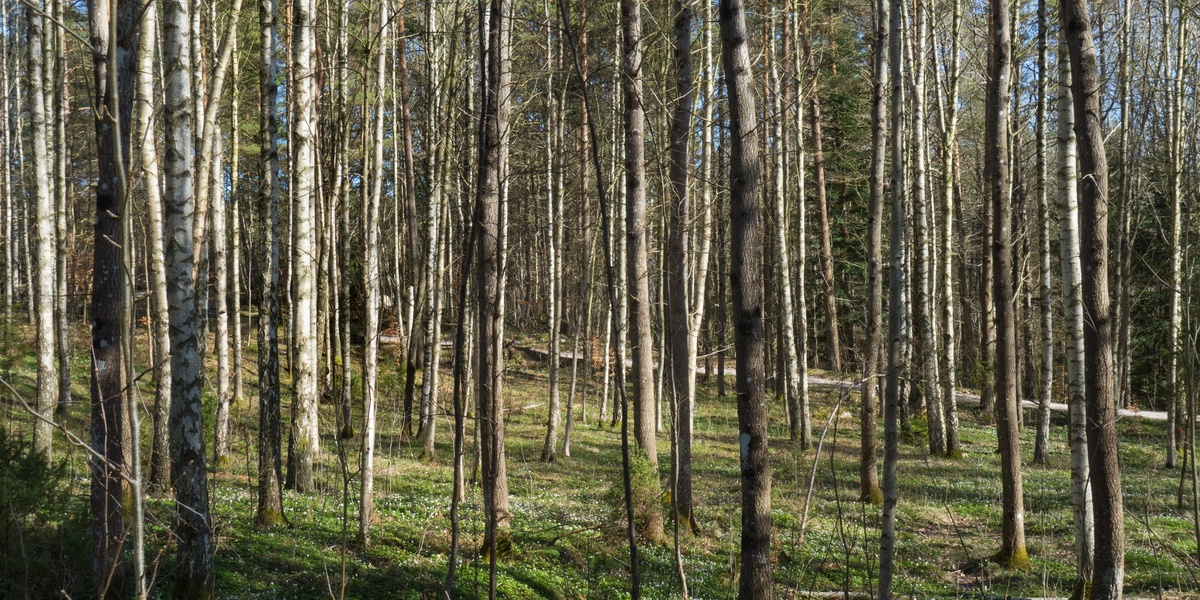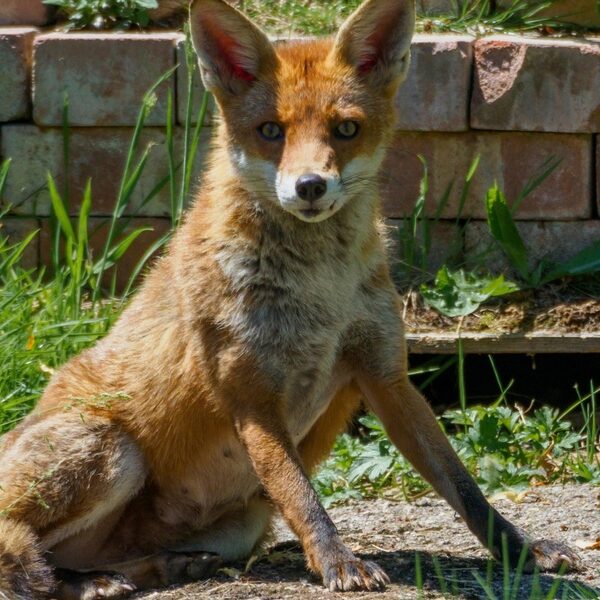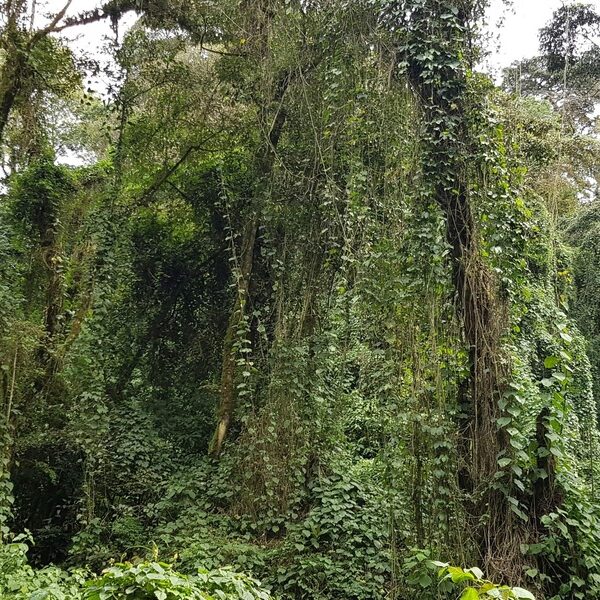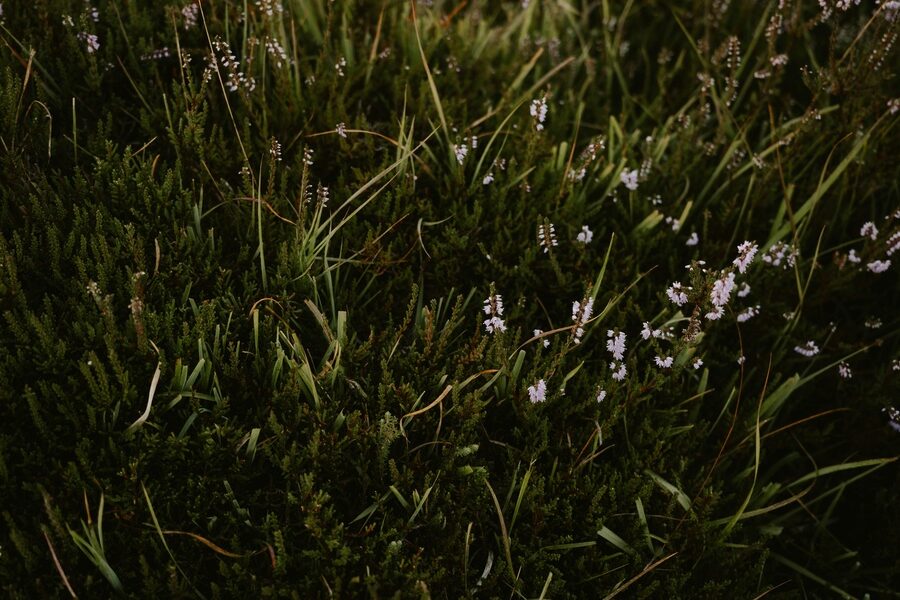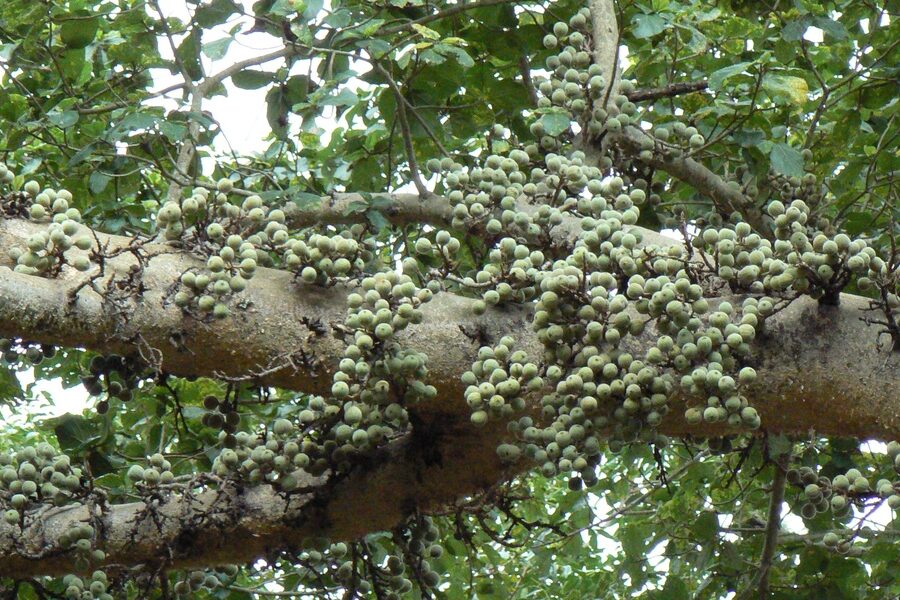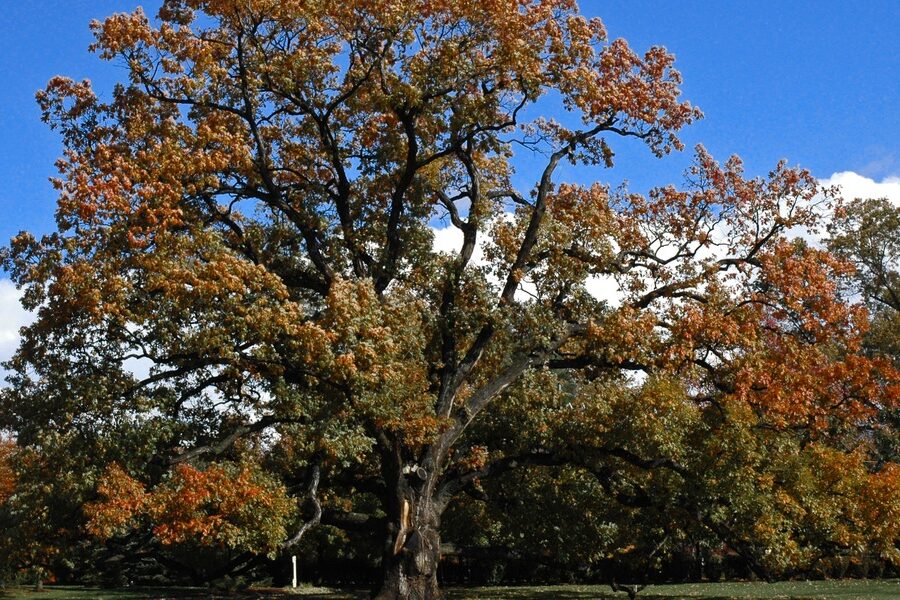Mixed forests are incredible ecosystems, known for their rich biodiversity where coniferous and deciduous trees grow side by side. This blend creates a unique environment, supporting a wide array of plant life, each playing a vital role in the forest’s health and structure.
To help you explore this rich tapestry of plant life, we’ve compiled a comprehensive guide. This list details 58 mixed forest vegetation, showcasing species ranging from the prominent American beech to the resilient Yew. For each, you’ll find its Scientific Name, Growth Form, and a Key Feature, providing a practical overview of these diverse plants below.
What makes a plant considered “mixed forest vegetation”?
Mixed forest vegetation typically refers to plant species that thrive in ecosystems where both deciduous (leaf-shedding) and coniferous (evergreen, cone-bearing) trees coexist. These environments create unique light conditions, soil compositions, and moisture levels, allowing a diverse range of understory plants, shrubs, and specific tree varieties to flourish, often adapting to the seasonal changes brought by both forest types.
Why is understanding different mixed forest vegetation important?
Understanding the various species within mixed forest vegetation is crucial for ecological conservation, sustainable forestry, and biodiversity studies. Each plant contributes to the forest’s health, from providing food and habitat for wildlife to influencing soil stability and nutrient cycling. Recognizing individual species helps in identifying ecosystem health, managing resources effectively, and protecting vulnerable plant communities.
Mixed Forest Vegetation
| Common Name | Scientific Name | Growth Form | Key Feature |
|---|---|---|---|
| English oak | Quercus robur | Tree | Long-lived canopy oak producing abundant acorns |
| White oak | Quercus alba | Tree | Deep-lobed leaves and valuable mast producer |
| Northern red oak | Quercus rubra | Tree | Fast-growing oak with pointed-lobed leaves |
| Sugar maple | Acer saccharum | Tree | Iconic fall color and sap used for syrup |
| Red maple | Acer rubrum | Tree | Versatile, early-flowering native with red twigs |
| Silver birch | Betula pendula | Tree | White peeling bark and fine-textured canopy |
| Paper birch | Betula papyrifera | Tree | Bright white bark and pioneer colonizer |
| European beech | Fagus sylvatica | Tree | Dense shade and smooth gray bark |
| American beech | Fagus grandifolia | Tree | Long-lived canopy tree with smooth bark |
| Eastern white pine | Pinus strobus | Tree | Soft, long needles and tall, straight form |
| Scots pine | Pinus sylvestris | Tree | Orange flaky bark and hardy needles |
| Norway spruce | Picea abies | Tree | Conical habit with drooping branchlets |
| Douglas-fir | Pseudotsuga menziesii | Tree | Massive, long-lived conifer in mixed stands |
| European silver fir | Abies alba | Tree | Flattened needles and upright cones |
| Balsam fir | Abies balsamea | Tree | Fragrant needles and compact crown |
| European larch | Larix decidua | Tree | Deciduous conifer with golden autumn color |
| Quaking aspen | Populus tremuloides | Tree | Clonal colonies with trembling leaves |
| European aspen | Populus tremula | Tree | Trembling leaves and early successional habit |
| Black cherry | Prunus serotina | Tree | Fruit-bearing canopy tree attractive to wildlife |
| Wild cherry | Prunus avium | Tree | Ornamental flowers and edible fruit for wildlife |
| Black alder | Alnus glutinosa | Tree | Nitrogen-fixing roots improving soil fertility |
| Hazel | Corylus avellana | Shrub | Edible nuts and dense understory cover |
| American hazel | Corylus americana | Shrub | Native nut-producing understory shrub |
| Common holly | Ilex aquifolium | Shrub | Evergreen leaves with red berries in winter |
| American holly | Ilex opaca | Tree | Evergreen with wildlife-supporting berries |
| Elder | Sambucus nigra | Shrub | Clusters of flowers and bird-attracting berries |
| Red-osier dogwood | Cornus sericea | Shrub | Distinctive red stems and wildlife fruit |
| Guelder rose | Viburnum opulus | Shrub | Showy white flowers and bright red berries |
| Blueberry | Vaccinium corymbosum | Shrub | Edible berries and acid-soil preference |
| Bilberry | Vaccinium myrtillus | Shrub | Low shrub forming carpets in temperate woodlands |
| Bracken | Pteridium aquilinum | Fern | Robust fern forming dense groundcover after disturbance |
| Male fern | Dryopteris filix-mas | Fern | Leathery, arching fronds in shaded understory |
| Ostrich fern | Matteuccia struthiopteris | Fern | Large, vase-shaped fronds in moist areas |
| Trillium | Trillium grandiflorum | Herbaceous Plant | Spring ephemeral with three-petaled flowers |
| Wood anemone | Anemone nemorosa | Herbaceous Plant | Early spring carpet of white flowers in leafed woods |
| Wild garlic | Allium ursinum | Herbaceous Plant | Scented spring carpet in damp, shady woods |
| Wild strawberry | Fragaria vesca | Herbaceous Plant | Low groundcover with edible fruit and runners |
| Bluebell | Hyacinthoides non-scripta | Herbaceous Plant | Blue spring displays in ancient woodlands |
| Jack-in-the-pulpit | Arisaema triphyllum | Herbaceous Plant | Unique hooded flower and mottled stem |
| Bramble | Rubus fruticosus agg. | Shrub | Thorny canes producing abundant berries |
| Raspberry | Rubus idaeus | Shrub | Early-successional fruiting shrub beneficial to wildlife |
| Sweet woodruff | Galium odoratum | Herbaceous Plant | Scented groundcover in shaded deciduous woods |
| Clubmoss | Lycopodium clavatum | Clubmoss | Ancient spore-bearing carpet on forest floors |
| Horsetail | Equisetum arvense | Horsetail | Jointed stems and prehistoric lineage |
| Polytrichum moss | Polytrichum commune | Moss | Upright carpets that retain moisture |
| Stinging nettle | Urtica dioica | Herbaceous Plant | Nutritious leaves and insect host plant |
| Wood sorrel | Oxalis acetosella | Herbaceous Plant | Clover-like leaves with sour taste and delicate flowers |
| Hepatica | Hepatica nobilis | Herbaceous Plant | Early-spring flowers on low basal leaves |
| Solomon’s seal | Polygonatum multiflorum | Herbaceous Plant | Arching stems with hanging tubular flowers |
| Sweet chestnut | Castanea sativa | Tree | Nut-producing canopy tree with spiny burs |
| European hornbeam | Carpinus betulus | Tree | Hardwood with fluted trunk and dense canopy |
| American hornbeam | Carpinus caroliniana | Tree | Small, fluted-trunk understory tree |
| Black walnut | Juglans nigra | Tree | Large nut tree with allelopathic compounds |
| Sweetgum | Liquidambar styraciflua | Tree | Star-shaped leaves and spiky fruiting balls |
| Small-leaved lime (linden) | Tilia cordata | Tree | Fragrant flowers attracting pollinators |
| Yew | Taxus baccata | Tree/Shrub | Shade-tolerant evergreen with bright red arils |
| Rowan (mountain ash) | Sorbus aucuparia | Tree | Clusters of orange berries that feed birds |
| Serviceberry | Amelanchier spp. | Shrub/Small tree | Early spring blossoms and sweet fruit |
Images and Descriptions
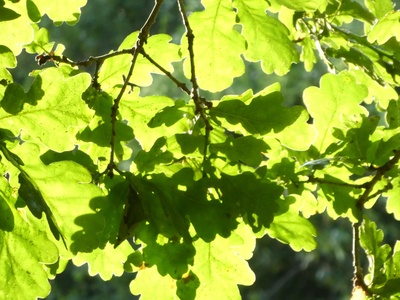
English oak
A massive, broad-canopied tree with lobed leaves and rough bark. Common in European mixed forests, it supports hundreds of insect and bird species and provides long-term habitat and mast (acorns) for wildlife.
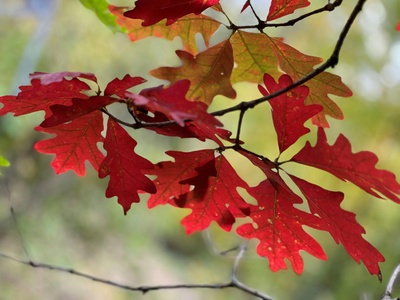
White oak
A large North American hardwood with pale, flaking bark and rounded lobes. Found in mixed forests, it shapes canopy structure, offers high-quality timber, and supplies acorns that feed many mammals and birds.
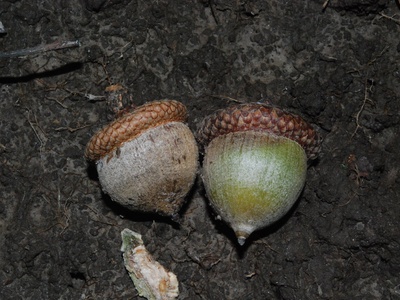
Northern red oak
A widespread North American oak with glossy leaves and acorns. It colonizes mixed stands, provides dense canopy cover, and supports diverse wildlife, while offering striking autumn color.
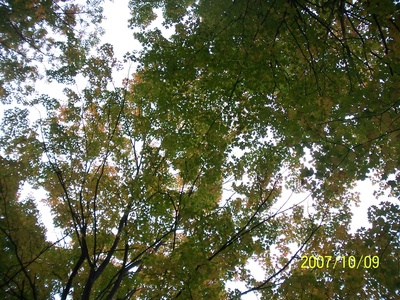
Sugar maple
A sturdy deciduous tree with smooth bark and palmate leaves that turn brilliant oranges and reds. Common in temperate mixed forests, it creates rich leaf litter, supports soil life, and is culturally and ecologically important.
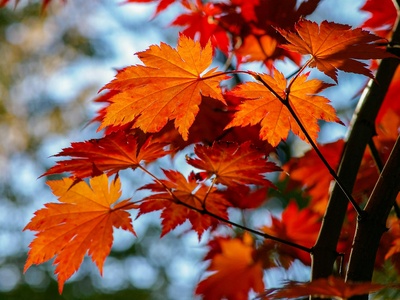
Red maple
A common North American species adaptable to a range of soils. Its early flowers, red stems, and fall hues make it a staple in mixed forests, providing nectar for pollinators and habitat diversity.
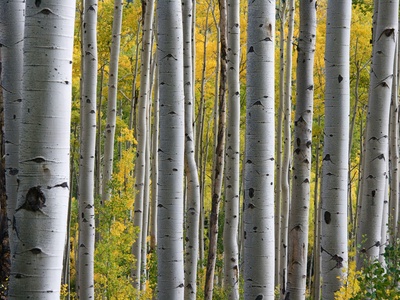
Silver birch
A graceful European birch with papery white bark and triangular leaves. Often a pioneer species in mixed woods, it improves light penetration to the understory and supports insects that feed on birch foliage.
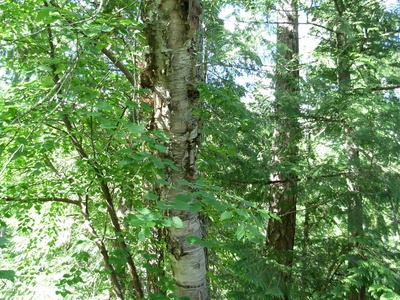
Paper birch
A North American birch with striking white bark that peels in papery strips. It commonly appears after disturbance, stabilizes soils, and provides early successional habitat and food for browsing animals.
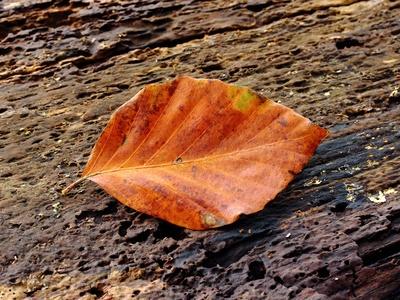
European beech
A majestic, shade-producing canopy tree of Europe with smooth silver-gray bark. Its dense leaf litter creates stable understory conditions and beech nuts are an important food source for mammals and birds.
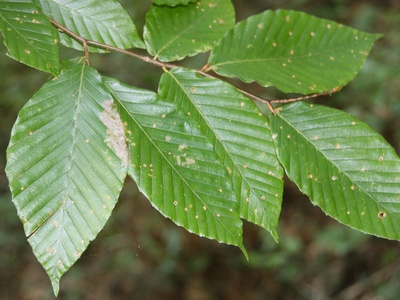
American beech
A slow-growing North American tree with subtle leaves and smooth gray trunk. It forms dense stands in rich soils, casting deep shade and producing mast used by wildlife through autumn and winter.
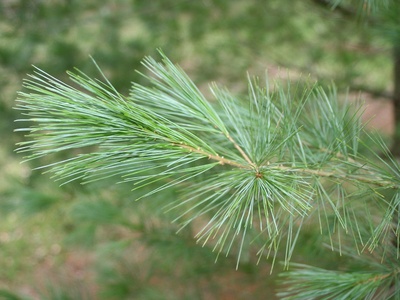
Eastern white pine
A tall conifer native to eastern North America that mixes with hardwoods in many forests. It creates vertical structure, provides shelter and nesting sites, and contributes to seed-based food webs.
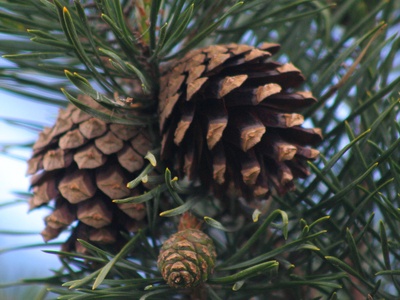
Scots pine
A Eurasian pine common in mixed forests, recognizable by its orange-tinged upper bark. It tolerates poor soils, supplies pine seeds for birds and mammals, and adds coniferous cover to diverse stands.
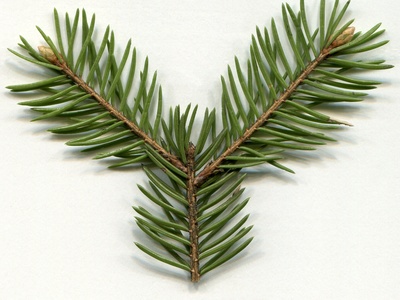
Norway spruce
A widespread European conifer that often co-occurs with broadleaves in mixed forests. Its dense foliage offers winter shelter for birds; its cones are a food resource for wildlife.
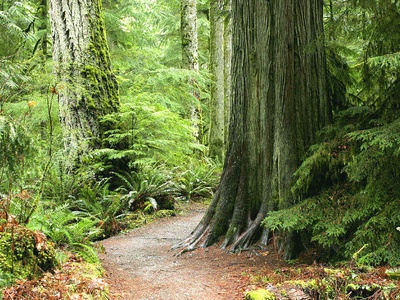
Douglas-fir
A dominant conifer in Pacific Northwest mixed forests that forms tall, straight trunks. It creates significant vertical habitat, supplies cones for wildlife, and is a major timber species.
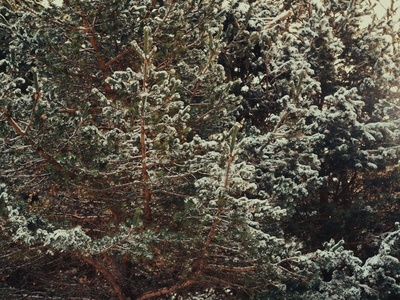
European silver fir
A shade-tolerant fir in montane mixed forests of Europe. It forms dense stands, provides evergreen shelter through winter, and supports specialized lichens and invertebrates.
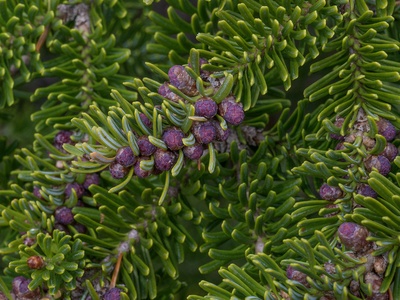
Balsam fir
A smaller North American fir common in mixed and transitional stands. Its resinous foliage offers winter shelter and its seeds and buds are eaten by small mammals and birds.
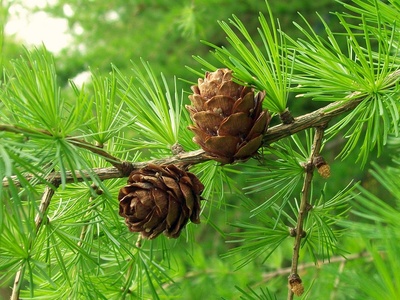
European larch
A rare deciduous conifer whose soft needles turn bright yellow before dropping. In mixed forests it adds seasonal light to the understory and contributes to diverse leaf-litter dynamics.
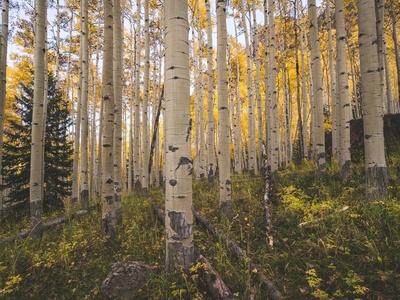
Quaking aspen
A fast-growing North American pioneer forming large clonal stands. Its fluttering leaves and light canopy encourage diverse understory plants and provide crucial habitat for many insects and birds.
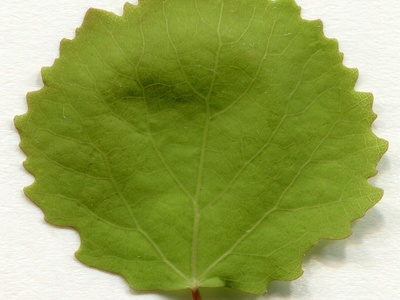
European aspen
A Eurasian counterpart to quaking aspen that colonizes openings in mixed forests. Its bark and shoots provide food for herbivores, and its colonies increase structural diversity.
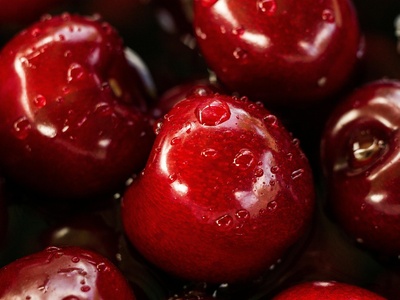
Black cherry
A North American tree with showy spring blossoms and dark cherries. In mixed forests it supplies fruit for birds and mammals and contributes to mid-successional canopy layers.
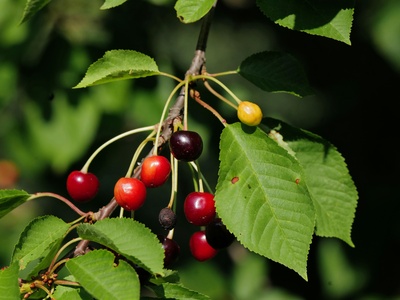
Wild cherry
A large deciduous tree native to Europe and western Asia with fragrant spring flowers. Its cherries are eaten by birds and mammals, helping seed dispersal in mixed woodlands.
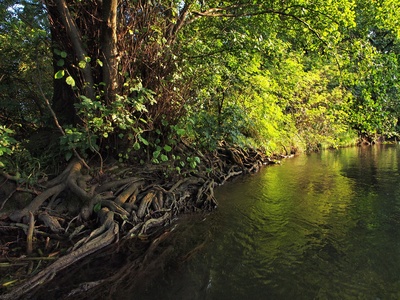
Black alder
A moisture-loving tree found in mixed forests near wet soils. By hosting nitrogen-fixing bacteria it enriches soils, stabilizes banks, and supports a variety of invertebrates.
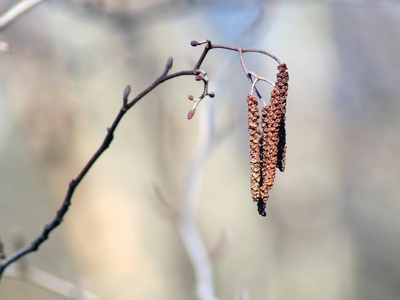
Hazel
A multi-stemmed European shrub producing hazelnuts loved by wildlife. It forms dense understory thickets, provides nesting cover, and supports a diversity of insects and small mammals.
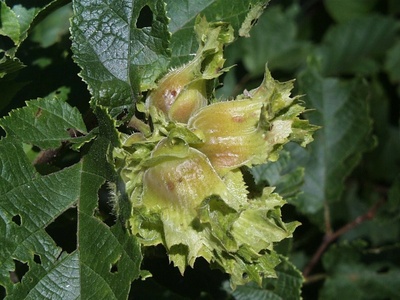
American hazel
A North American understory shrub with edible nuts and dense branching. It contributes food resources, protective cover for wildlife, and structural complexity in mixed forests.
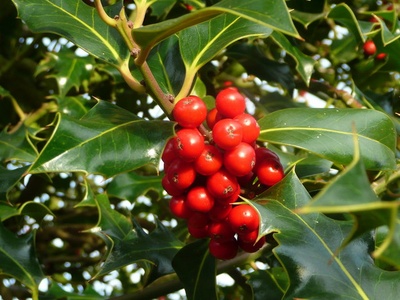
Common holly
A shade-tolerant evergreen shrub of European woodlands with glossy leaves and bright berries that persist into winter, offering important food and shelter for birds during lean months.
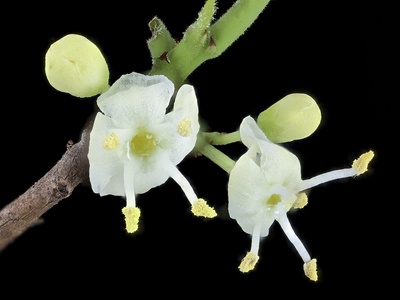
American holly
A slow-growing eastern North American tree or shrub with spiny evergreen leaves and red drupes. It provides dense winter cover and a fruit resource for birds.
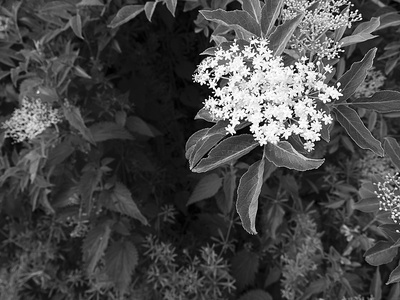
Elder
A widespread shrub of mixed woodlands producing flat clusters of white flowers and dark berries. It colonizes edges and clearings, provides nectar for pollinators, and fruit for many bird species.
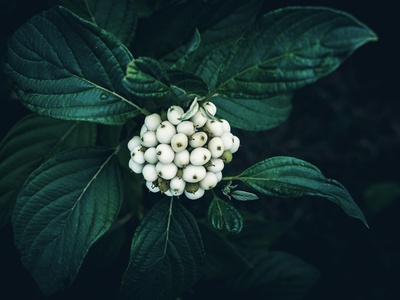
Red-osier dogwood
A common North American understory shrub with striking red twigs and white berries. It stabilizes soils along moist areas, supplies food for birds, and adds winter visual interest.
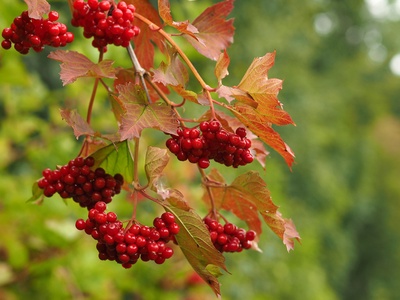
Guelder rose
A Eurasian shrub of mixed woods and hedgerows with lace-like flower clusters and red fruit. It supports pollinators, feeds birds, and is often found on forest edges and clearings.
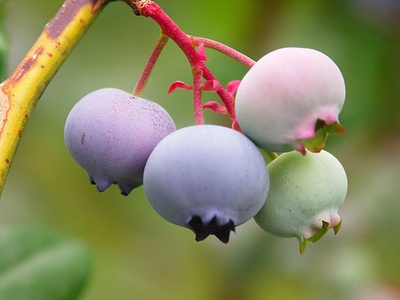
Blueberry
A common North American understory shrub that forms dense patches in acidic soils. Its berries are a key food source for birds and mammals; it also supports pollinators with spring flowers.
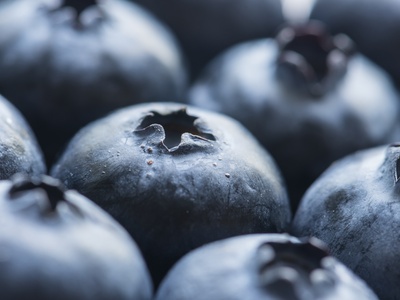
Bilberry
A Eurasian woodland shrub with sweet berries and small evergreen leaves. It thrives in acidic, open forest soils and supports a range of wildlife and foraging traditions.
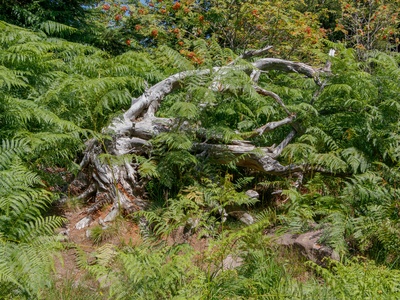
Bracken
A widespread fern that can dominate forest floors following disturbance. It shades seedbeds, alters soil conditions, and is an important early colonizer though sometimes limits tree regeneration.
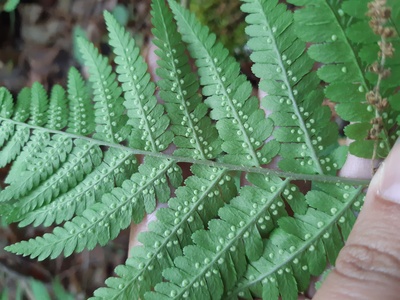
Male fern
A common temperate forest fern with upright, dark green fronds forming clumps. It prefers cool, shaded microsites and contributes to understory diversity and moisture retention.
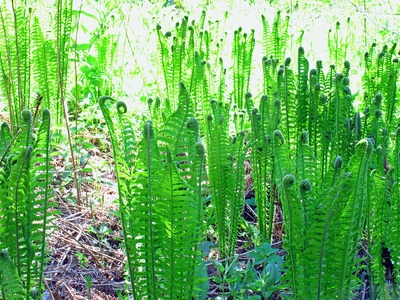
Ostrich fern
A tall, dramatic fern of streambanks and moist forest floors. Its large fronds create sheltered microhabitats, and its fiddleheads are culturally foraged in some regions.
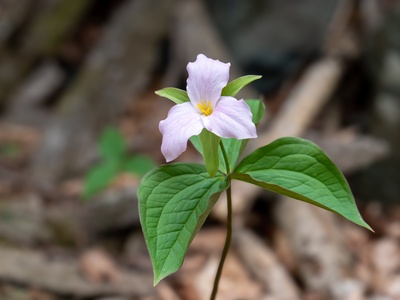
Trillium
A classic spring wildflower of rich temperate woods with a whorl of three leaves and a single showy flower. It emerges early, reproduces slowly, and signals undisturbed forest conditions.
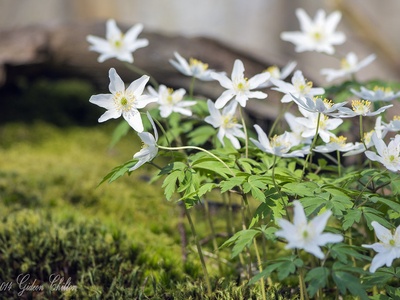
Wood anemone
A delicate perennial that blooms before canopy closure, often forming carpets under deciduous trees. It is an indicator of ancient, undisturbed woodland in Europe.
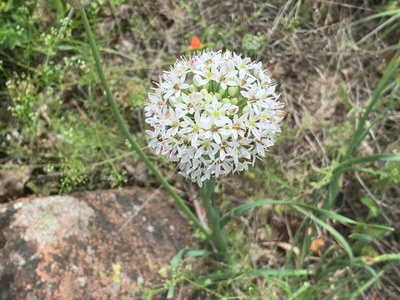
Wild garlic
An early spring bulb with broad leaves and starry white flower umbels. It forms dense carpets in moist, deciduous woodlands, providing nectar for early pollinators.
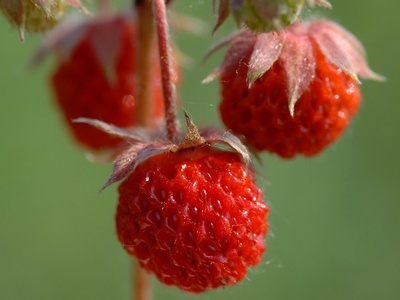
Wild strawberry
A diminutive perennial forming rosettes and runners in forest clearings and edges. Its small fruits feed many forest animals and help maintain groundcover diversity.
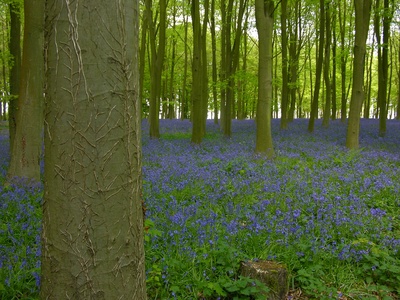
Bluebell
A spring-flowering bulb forming blue carpets in mixed deciduous woods across parts of Europe. It indicates long-established woodland soils and provides early nectar for insects.
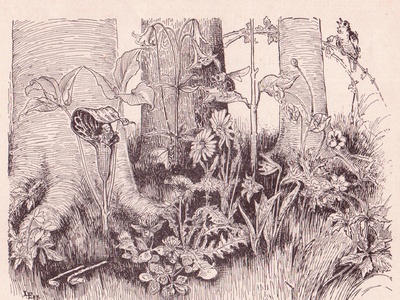
Jack-in-the-pulpit
A distinctive North American woodland plant with a hooded spadix and seasonal berries. It thrives in moist, shaded understories and supports various seed-eating creatures.
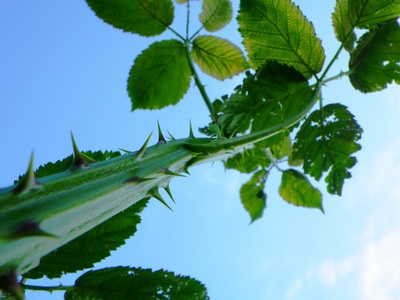
Bramble
A tough understory shrub forming thickets at forest edges and clearings. Its abundant fruit is vital for birds and mammals, and its dense growth creates nesting and shelter habitat.
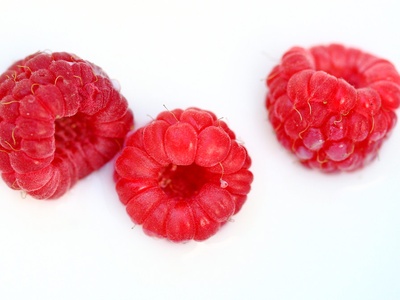
Raspberry
A common edge and understory shrub that produces sweet fruit. It colonizes disturbed patches, supports pollinators with abundant flowers, and supplies food for many animals.
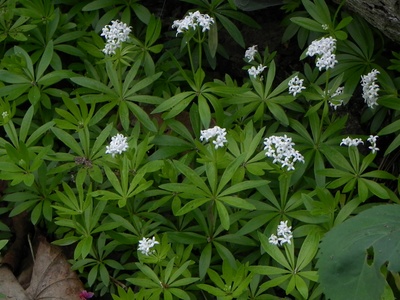
Sweet woodruff
A low perennial with whorled leaves and small white flowers in spring. It spreads as groundcover in rich, shady mixed woods and provides nectar for early-season insects.
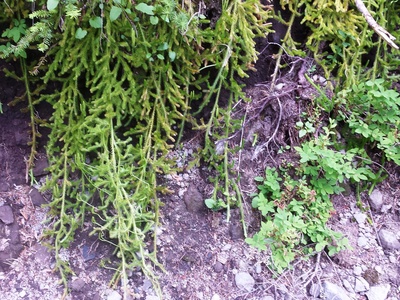
Clubmoss
A primitive, evergreen plant forming trailing mats in undisturbed mixed forests. It retains moisture, indicates stable soils, and contributes to the soft forest floor structure.
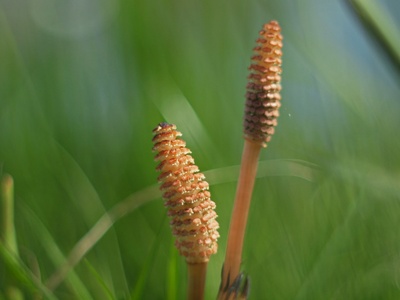
Horsetail
A resilient spore-bearing plant that colonizes damp patches and disturbed soil in mixed forests. Its hollow, segmented stems are distinctive and it often indicates moist microhabitats.
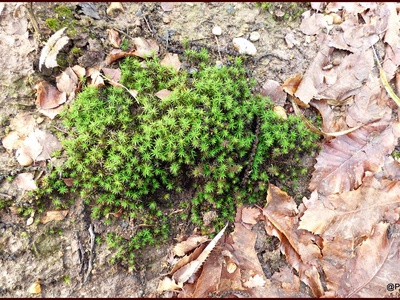
Polytrichum moss
A tall moss forming dense, upright cushions on forest floors and decaying wood. It helps retain soil moisture, stabilizes thin soils, and supports microfauna communities.
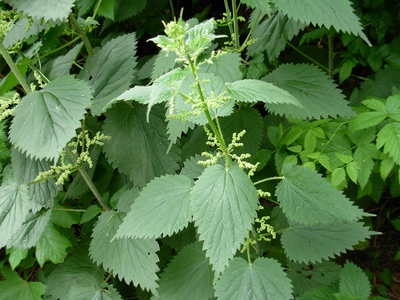
Stinging nettle
A common plant of forest edges and clearings with sting-bearing hairs. It supports specialist butterflies, provides nutritious forage for some animals, and signals nutrient-rich soils.
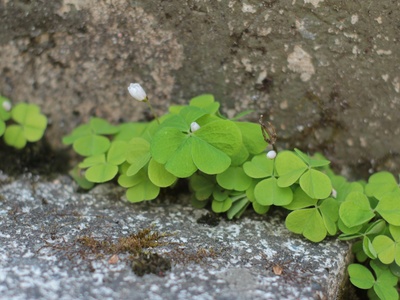
Wood sorrel
A small, shade-loving perennial forming mats in temperate mixed woods. Its trifoliate leaves and small pale flowers carpet the forest floor in spring.
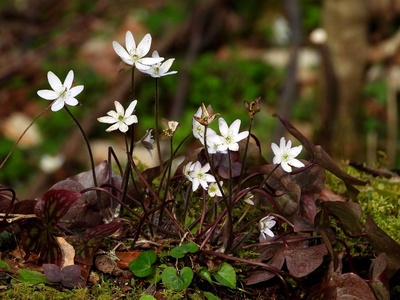
Hepatica
A charming early-flowering perennial with lobed leaves and showy blooms. It signals long-established woodland soils and provides one of the first nectar sources for emerging insects.
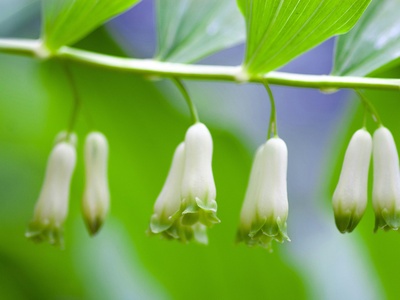
Solomon’s seal
A graceful understory perennial forming arching stems and dangling white tubular flowers. Its berries feed birds and its rhizomes help stabilize understory plant communities.
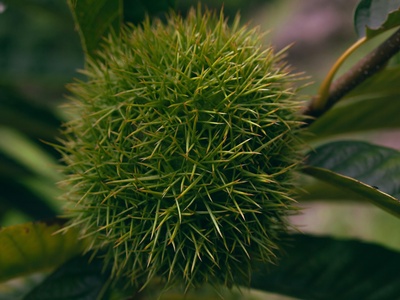
Sweet chestnut
A broad-leaved tree of European mixed woodlands valued for timber and edible chestnuts. It produces spiny burs with nuts that feed wildlife and humans, contributing to autumn food webs.
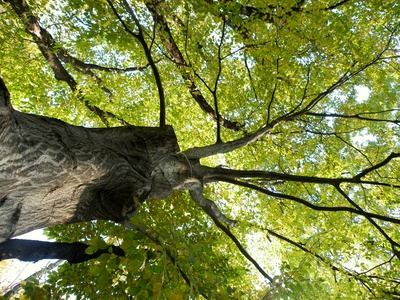
European hornbeam
A medium-sized tree with corrugated bark and tough wood. Common in European mixed forests, it tolerates shade, forms dense understory shelter, and is often found in coppiced woodlands.
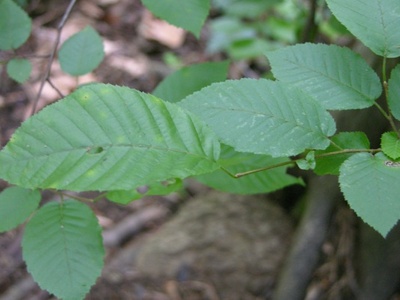
American hornbeam
A shade-tolerant understory tree in eastern North American mixed forests with muscle-like bark. It withstands flooding, provides dense cover, and supports bird nesting.
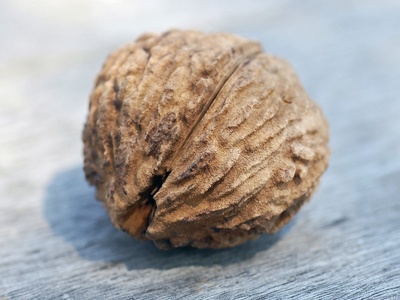
Black walnut
A tall North American tree producing nutrient-rich nuts. Its juglone chemical can suppress some understory plants; walnuts and seeds feed mammals and birds, and its wood is prized.
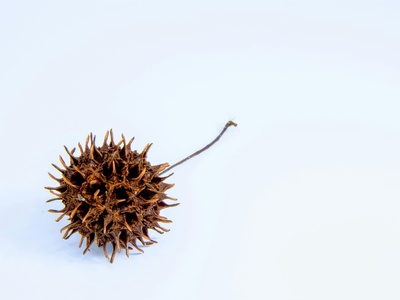
Sweetgum
A hardwood tree with distinctive palmate leaves and persistent seed balls. Common in eastern U.S. mixed forests, it contributes autumn color and creates leaf litter that affects soil chemistry.
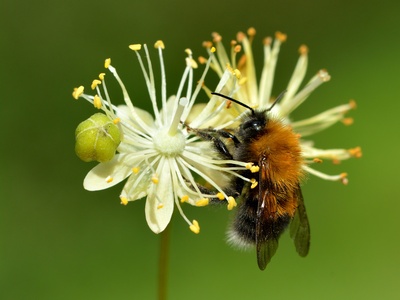
Small-leaved lime (linden)
A deciduous tree of European mixed woods producing fragrant summer blossoms that attract bees. Its soft leaves and dense canopy provide cooling shade and habitats for invertebrates.
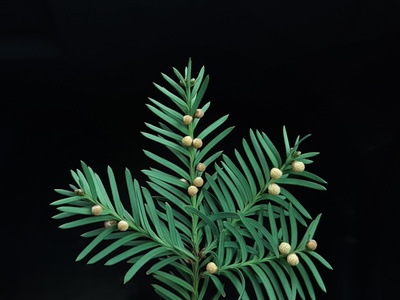
Yew
A slow-growing evergreen often in shaded woodland understories. Its dense foliage provides winter cover for birds, while its toxic seeds limit herbivory and shape browsing patterns.
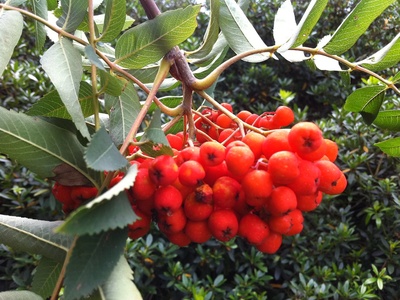
Rowan (mountain ash)
A small to medium tree with compound leaves and bright autumn berries. It thrives in mixed woodland edges, offering food for birds and contributing seasonal color.
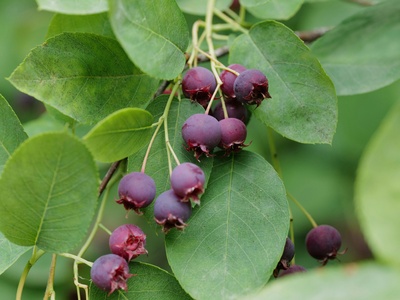
Serviceberry
A multi-stemmed shrub or small tree with showy spring flowers and early summer berries. It supports pollinators, provides early-season fruit for birds, and appears widely in mixed forests.
